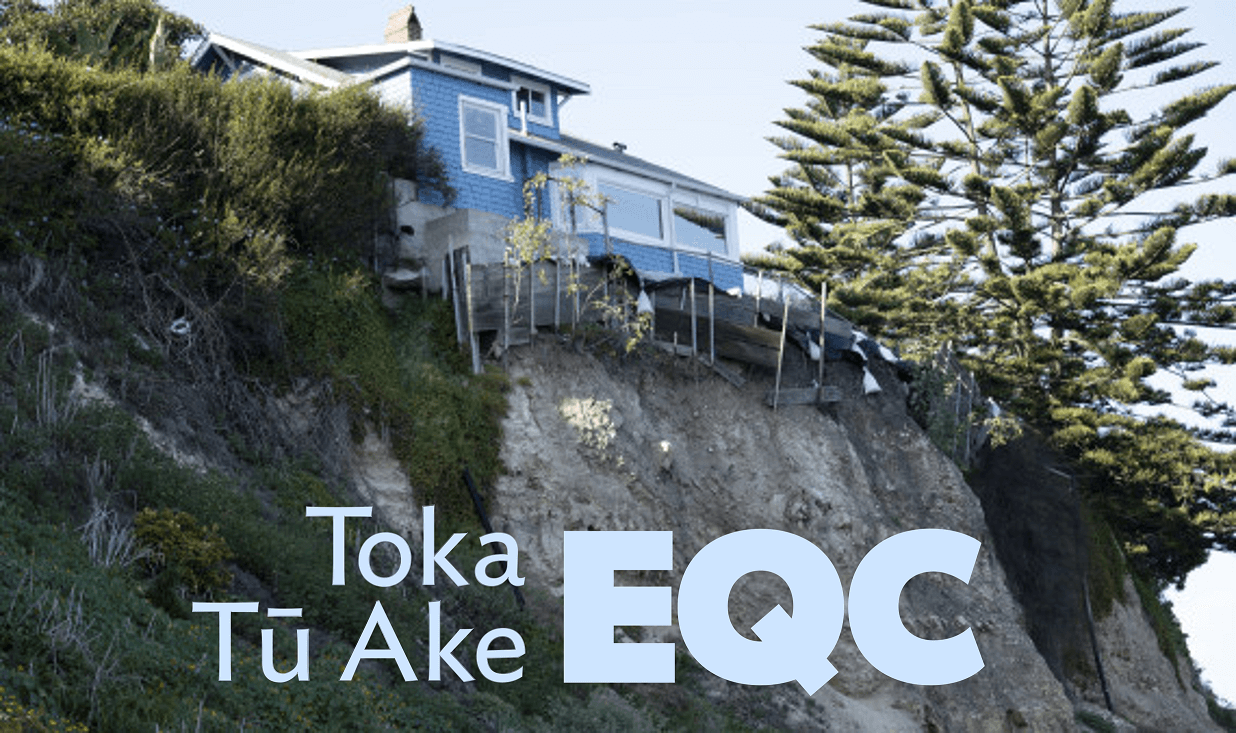From 1 October 2022, the amount of a house insured by EQC is increasing from $150,000 to $300,000 (+ GST). This applies to residential homes that are damaged from natural disasters like earthquakes, volcanic eruptions, tsunamis, natural landslips, and geothermal events.
For example, if a house is insured for $750,000 and it is damaged in an earthquake, EQC will cover the first $300,000 (+ GST). The house’s insurer will continue to cover the difference between the amount paid under EQCover and the natural disaster sum insured shown on your policy schedule, i.e. up to $450,000 in this case.
As a result of this increase to the amount covered by EQC, the EQC levy that insurers collect on behalf of the Government to help fund EQCover will also increase in most cases (depending on a homeowner’s sum insured). The new maximum EQC levy will be $480 (+ GST) for homes with a sum insured greater than $300,000 (+ GST). This is up from the maximum of $300 prior to 1st October (when the maximum cover was $150,000). The EQC levy rate is also being amended from 20 cents per $100 to 16 cents per $100 of EQC Building Cover.
This Government-led change affects all new House and Landlord’s insurance policies (that include fire insurance) in New Zealand from 1 October 2022, and all renewing policies on their next anniversary after that date.
Why is the EQC cap being raised?
The Government have implemented this change as part of the EQC Act review following the Canterbury earthquakes. It is designed to help keep insurance affordable in high-risk areas such as Wellington, Hawke’s Bay and Canterbury.
House insurance cover is made up of two components, EQC cover, and cover provided by your insurance provider. Private insurers calculate premiums based on individual risks of a property (risk-based pricing), so if you live in an area with a higher risk of loss or damage from a natural disaster or severe weather event, your premium is likely to be higher than a similar house in a lower risk area.
With EQC taking on a greater share of natural disaster risk from private insurers, a Treasury paper from July last year suggested homeowners in high-risk areas would see their house insurance premium go down. By contrast, homeowners in low-earthquake-risk areas such as Auckland would see their premium go up, as the increase to the EQC levy would be larger than the reduction to the private insurers portion of their premium.
However, since the EQC cap changes were announced in September 2021, inflation has reached record levels, building costs have increased significantly, the frequency of weather events in New Zealand and disruptions to supply chain have increased claims costs, and reinsurance costs have also risen. As these factors also impact premiums, homeowners in high-earthquake-risk areas may not see the forecast decreases to their premiums, however they will be paying less than if the EQC cap remained at $150,000 (+GST).
What does this mean for you?
From 1 October 2022, policyholders will see the EQC levy portion of their premium increase to a maximum of $480 (+ GST).
As EQC are increasing the amount of risk they take on from $150,000 (+ GST) to $300,000 (+ GST) the insurer’s portion of risk will go down. Any savings from this EQC change will be passed onto customers based on their property’s level of risk and the region they live in.
It’s important to understand that the EQC levy is just one factor that affects your total premium, as there are many factors that go into calculating a premium, many of which have moved in an adverse direction over the past 12 months.



